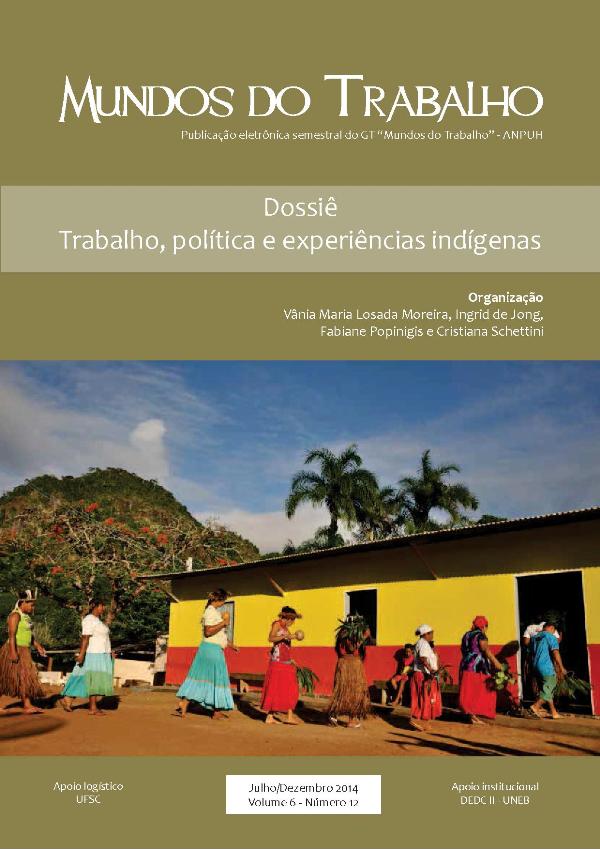Advances and setbacks of labor flexibilization in Argentina. Contributions for a comparison of the historical trajectories of different sectors of activity
DOI:
https://doi.org/10.5007/1984-9222.2014v6n12p273Keywords:
Argentina, Collective bargaining, labor flexibilityAbstract
Labour flexibility is often associated with the “neoliberal” governments of the last decades of the twentieth century and with the emergence of post-Fordist labour regimes. This view overlooks the fact that the deregulation of labour standards was long sought by the bourgeoisie. The Argentine case illustrates how, since the mid-1950s, legal changes have been promoted that enable greater mobility of the workforce and support wage forms linked to productivity. We analyse collective bargaining in nine branches of production, from 1954 to the present, and study the evolution of clauses relating to labour flexibility present in collective agreements. This historical reconstruction leads us to link these changes with the changing balance of power between social classes.
Downloads
Published
How to Cite
Issue
Section
License
The authors assign to Revista Mundos do Trabalho the exclusive rights of first publication, with the work simultaneously licensed under the Creative Commons Attribution License (CC BY) 4.0 International. This license allows third parties to remix, adapt and create from the published work, giving due credit for authorship and initial publication in this journal. Authors are authorized to take additional contracts separately, for the non-exclusive distribution of the version of the work published in this journal (e.g. publish in an institutional repository, personal website, publish a translation, or as a book chapter), with authorship and publication in this journal.









